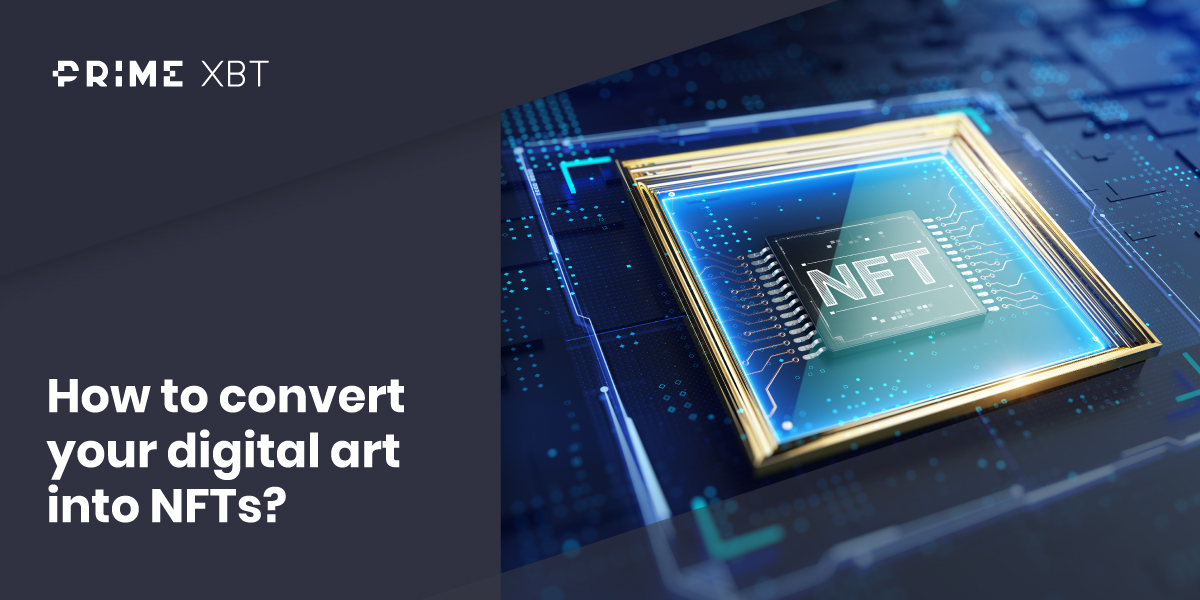
Guides are generated in one of three ways: Their purpose is to lock on to certain points along a meaningful direction. Guides are auxiliary lines that extend infinitely long. To invoke the Grid Options dialog, right click over an object snap icon and choose Snap Options, or choose Snap Options from the palette menu. For convenience, the grid snap values can be accessed directly in the text fields next to the Grid icon. They are affected by the angle grid snap. A few input mechanisms define angles, such as drawing arcs or rotating objects. It applies equally to X, Y, and Z directions.

All linear input that defines points in space or linear distances is affected by the linear grid snap. Next to it there are two fields: one for linear distances and one for angles. When on, grid snapping is on when off, it is off. Grid Snap: This tool, found on bottom of the screen, is a switch. DSpline Falloff - Falloff support for DSpline daemon.There are three kinds of snaps, which can be turned on and off separately: grid snaps, guide snaps, and object snaps.Image Emitter - Image emitter shows an exact preview in the viewport and now accepts animated textures.Volume Handle - Create volumes of fluid just by dragging the emitter center handle.Customize the TP group to relate to your fluids. Thinking Particles - Revamped Thinking Particles connection.Mesher Vertex Maps - Completely overhauled Mesher Vertex Maps: smooth interpolation control, more channels, range and gradient tuning and live viewport preview.Adapt your simulation to your scene, not your scene to your simulation. Let your creativity boost choreographing your simulation results. Cache Offset - Play ping pong with your fluids.Select your favorite display method: Points, lines, arrows or even streamlets. Use the Visualizer to know the exact force to be applied by as many force daemons at the same time as you want.

Visualizer Daemon - Feel the force before using it.An independent Vertex Map for every emitter allows you to customize the shading of your meshes the way you were expecting. Mesher Fluid Weights - Because coffee with milk looks lighter.Apply the TurbulenceFD Emitter tag directly to RealFlow emitters, fluids, elastics or rigids and watch the fireworks. Turbulence FD Integration - Fire meet gasoline.Super-fast meshing - Take advantage of a fast and easy-to-configure mesh engine based on the OpenVDB library.Visible fluids on objects - Use collision maps during simulation and render the effect.Use RF directly with C4D Mograph - Convert RF to thinking particles, use particle instances and tracer objects.Crown splashes on demand - Create and customize crown splashes easily.C4D materials as emission masks - Use Cinema 4D materials and textures for emitting fluid particles.C4D splines as RF particle paths - Create splines in Cinema 4D and use them as fluid paths in RealFlow.

Particle-Object Interaction - Use RealFlow nodes and Cinema 4D colliders together.High speed simulations - RealFlow | Cinema 4D 3 is GPU accelerated, supporting CUDA and OpenCL.



 0 kommentar(er)
0 kommentar(er)
